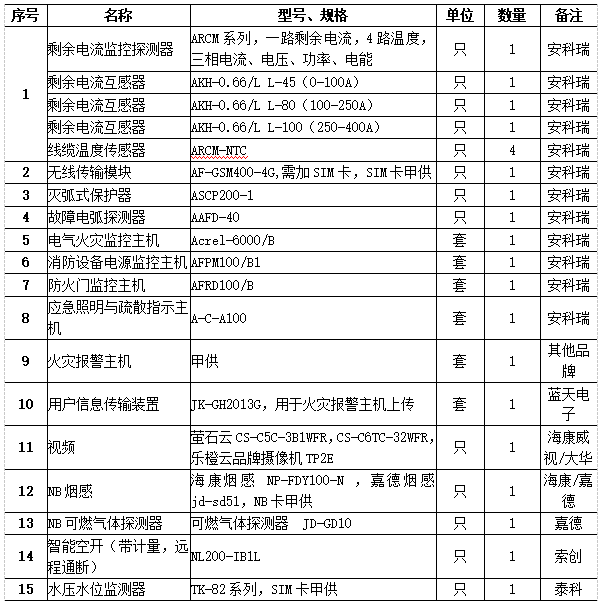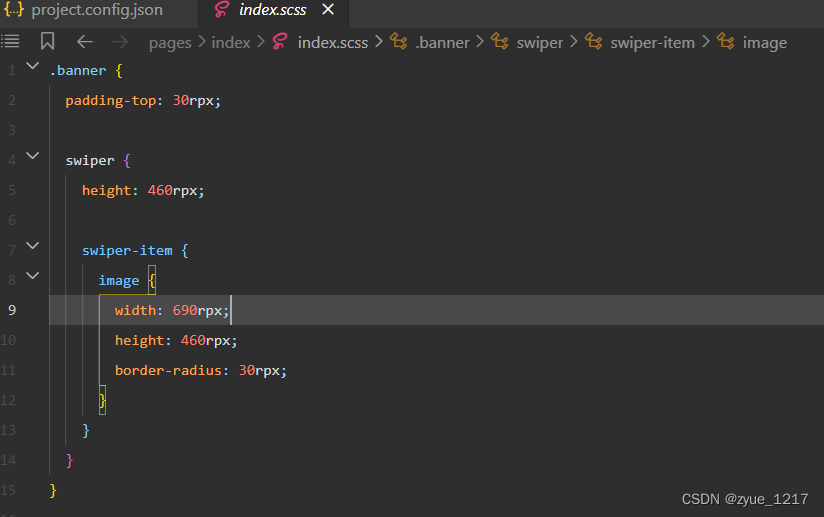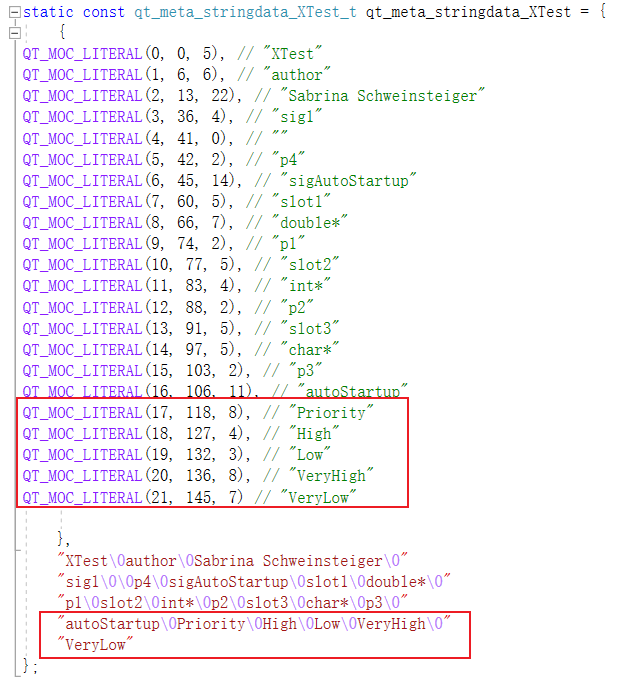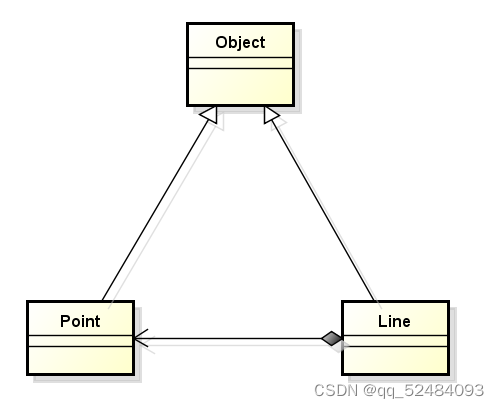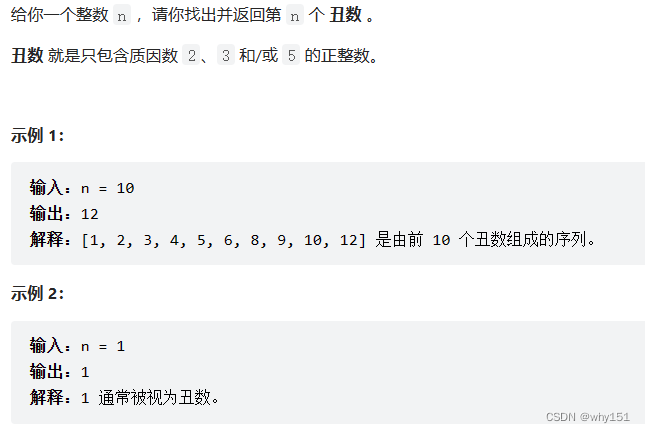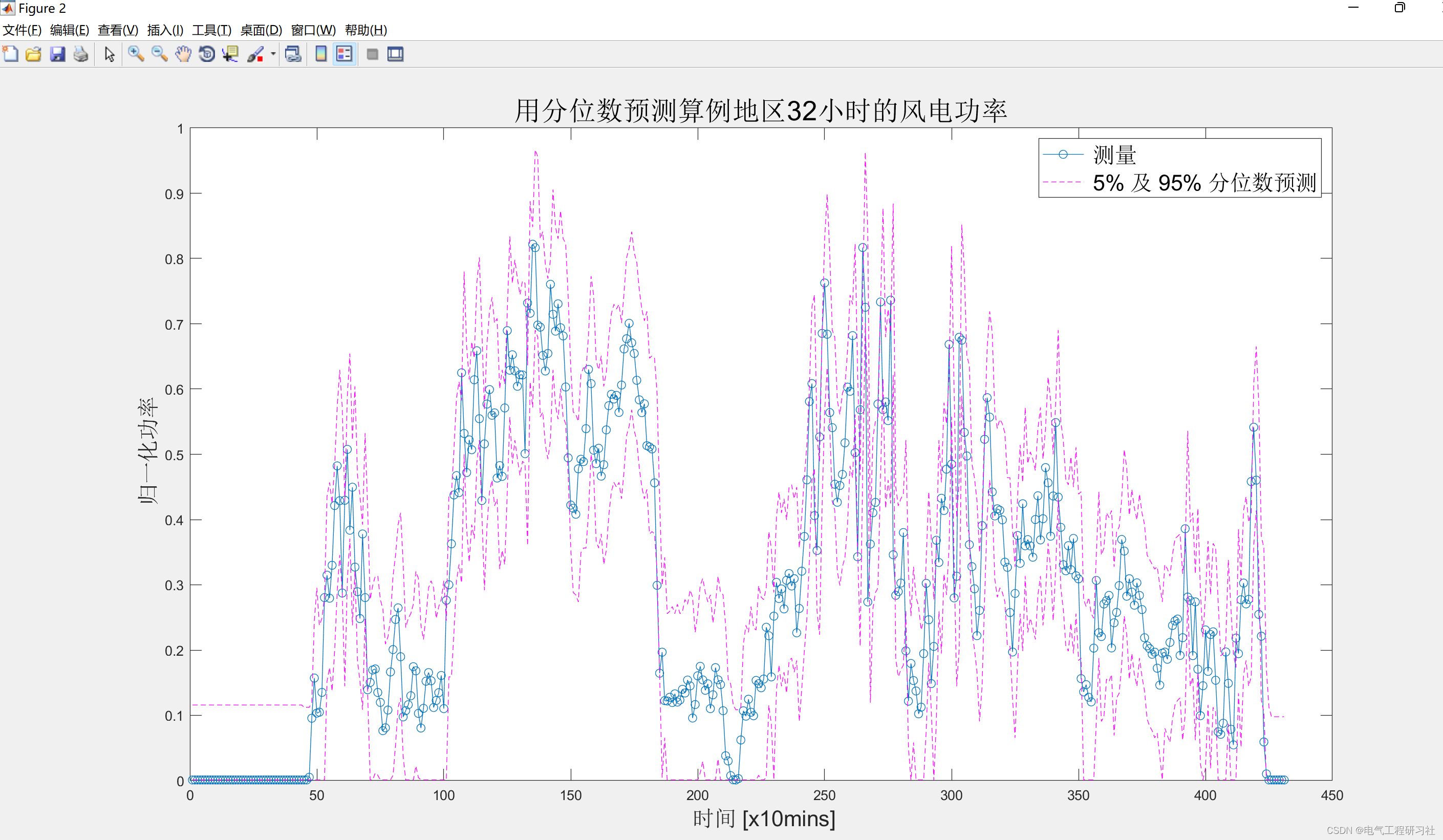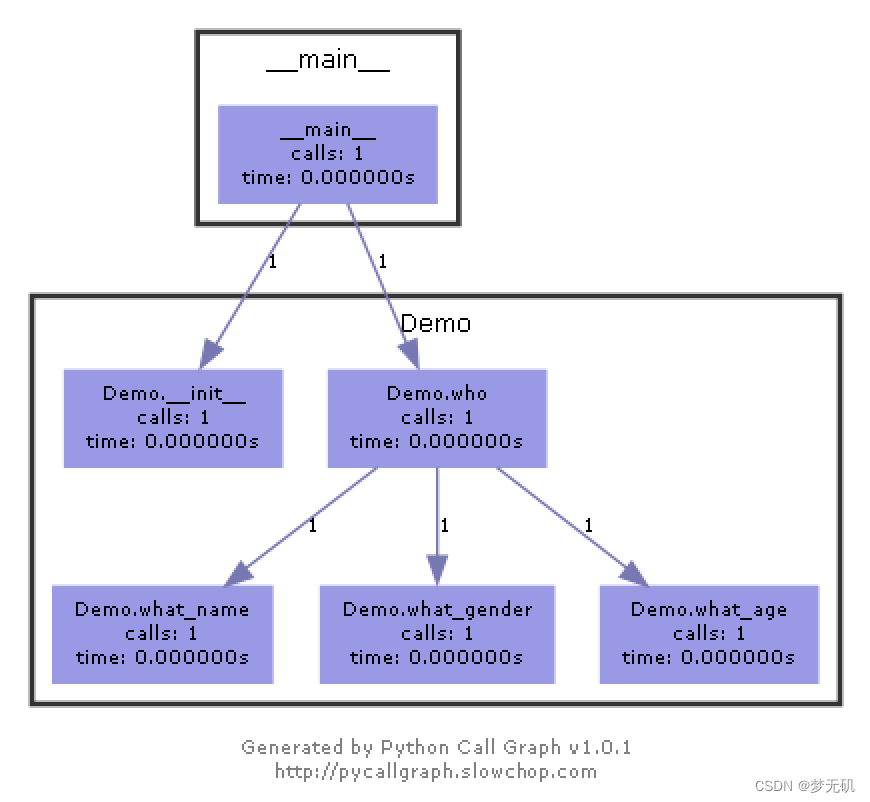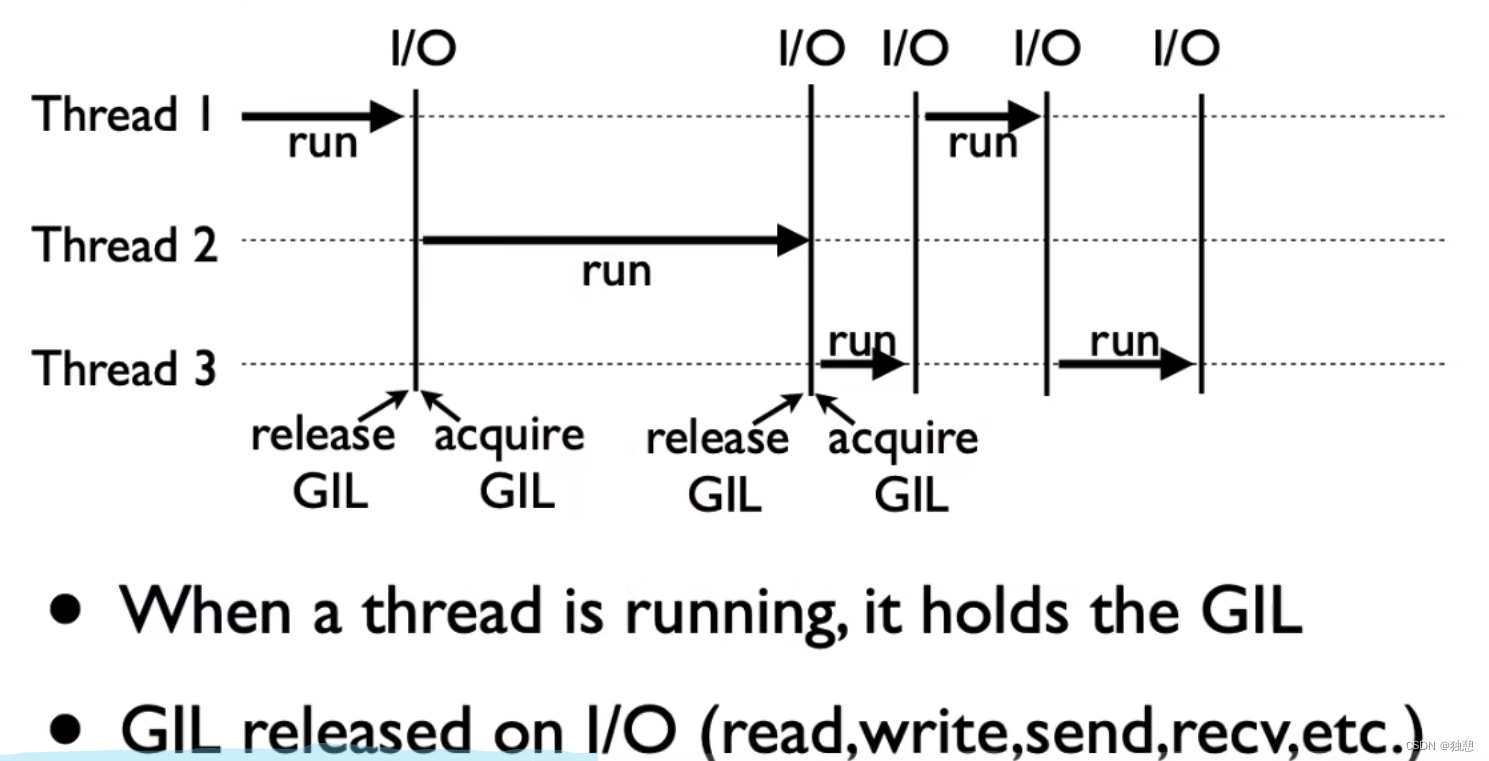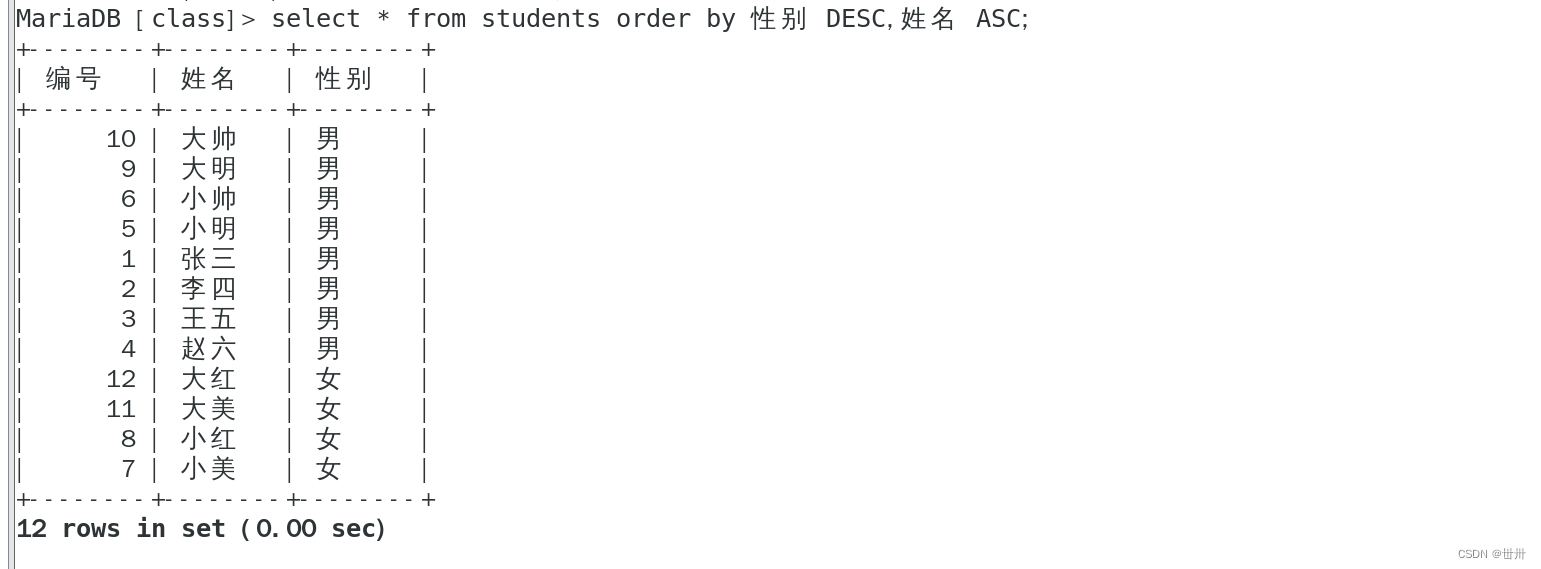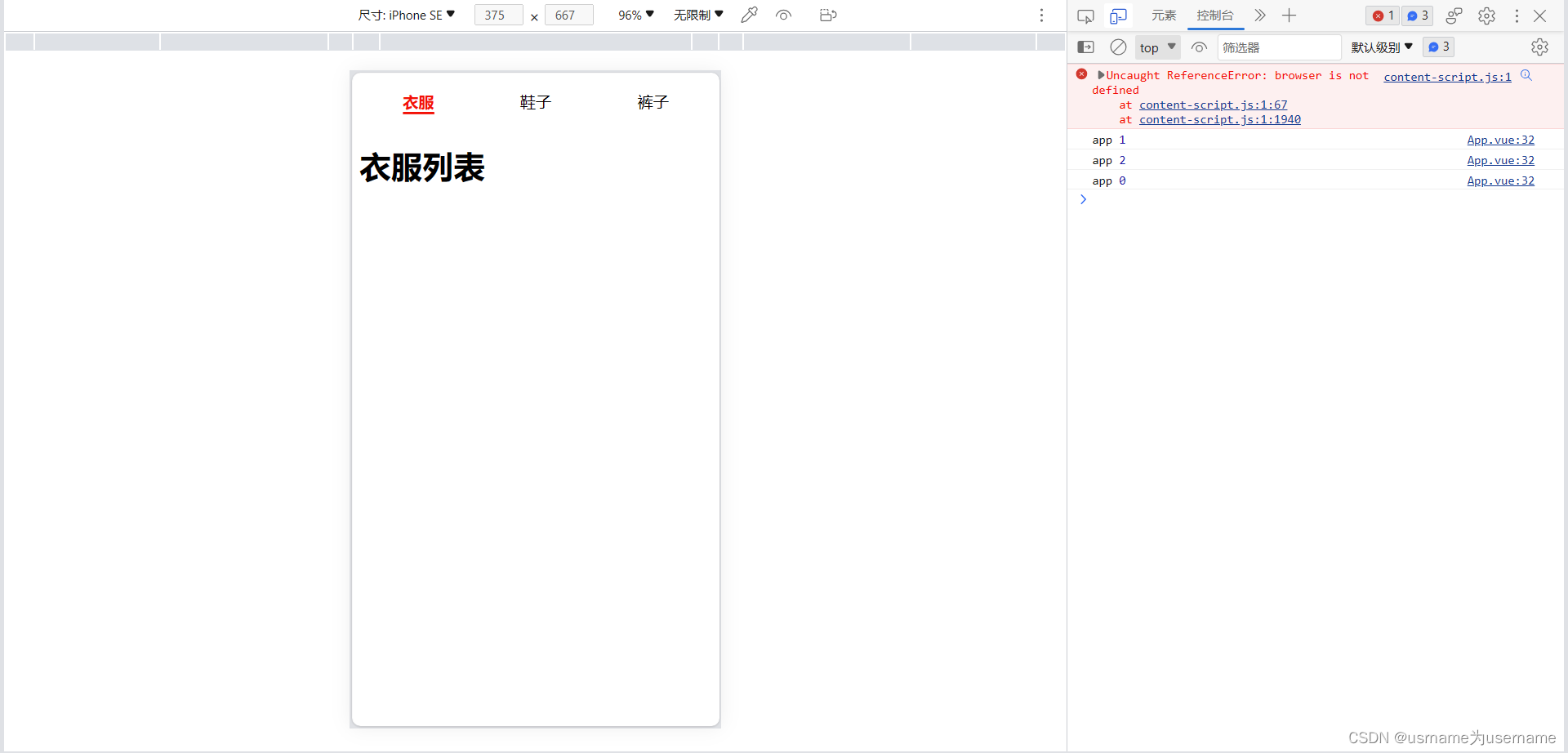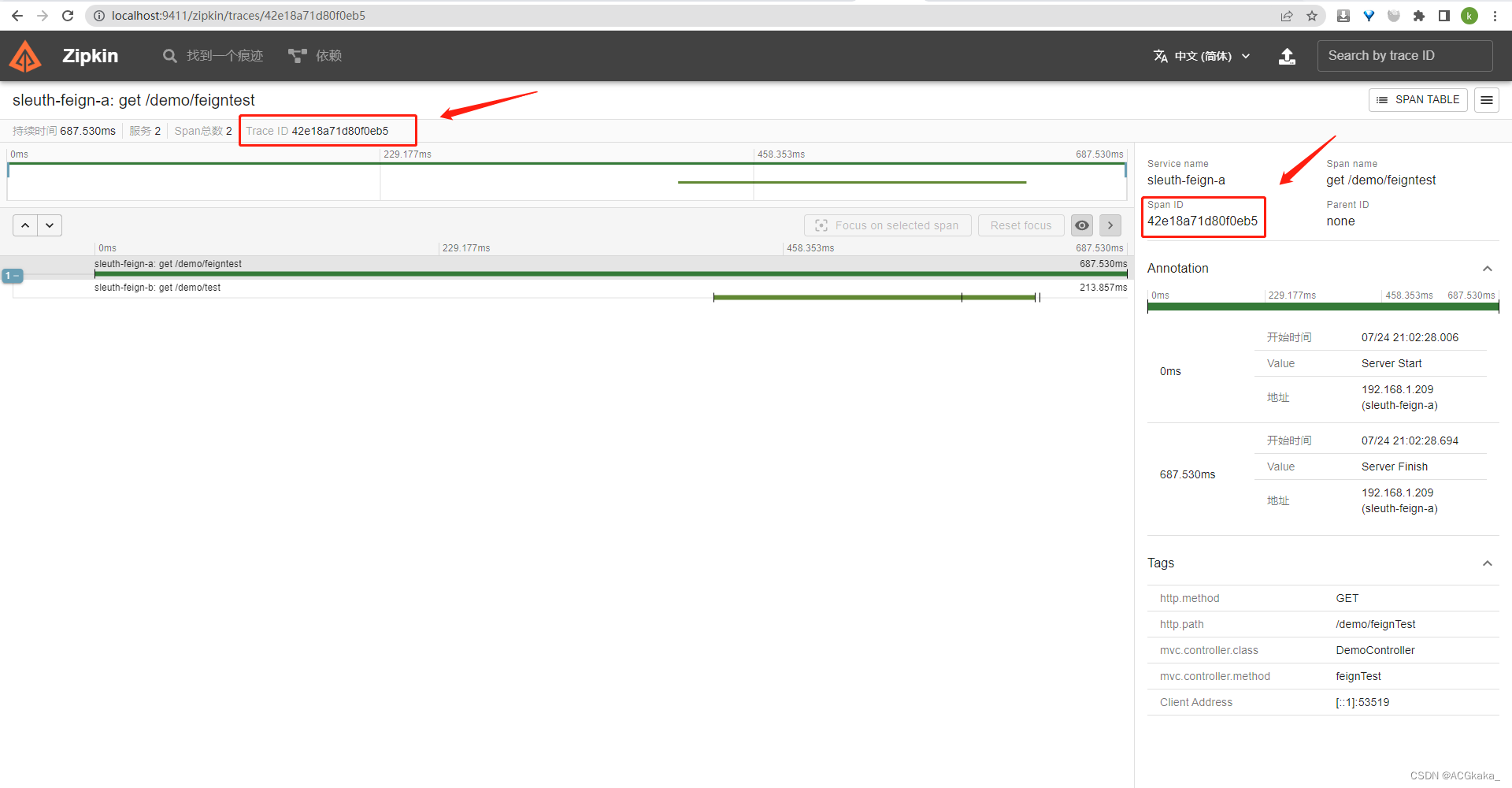这篇文章的主要内容是类的默认成员函数。如果对大家有用的话,希望大家三连支持,博主会继续努力!
目录
一.类的默认成员函数
二.构造函数
三.析构函数
四.拷贝构造函数
五.运算符重载
一.类的默认成员函数

二.构造函数
延伸总结:
三.析构函数
定义:对象在销毁时会自动调用析构函数,完成对象中资源的清理工作。
四.拷贝构造函数
拷贝构造函数:只有单个形参,该形参是对本类类型对象的引用(一般常用const修饰),在用已存在的类类型对象创建新对象时由编译器自动调用。(传值拷贝自动调用)
特性:
1. 拷贝构造函数是构造函数的一个重载形式。
#include<iostream>
using namespace std;
class Stack
{
public:
Stack(int N=0)//构造函数
{
arr = (int*)malloc(sizeof(int) * N);
top = capcity = 0;
}
~Stack()//析构函数
{
free(arr);
arr = nullptr;
top = capcity = 0;
}
private:
int* arr;
int top;
int capcity;
};
int main()
{
Stack s1(4);
Stack s2 = s1;//传值拷贝
return 0;
}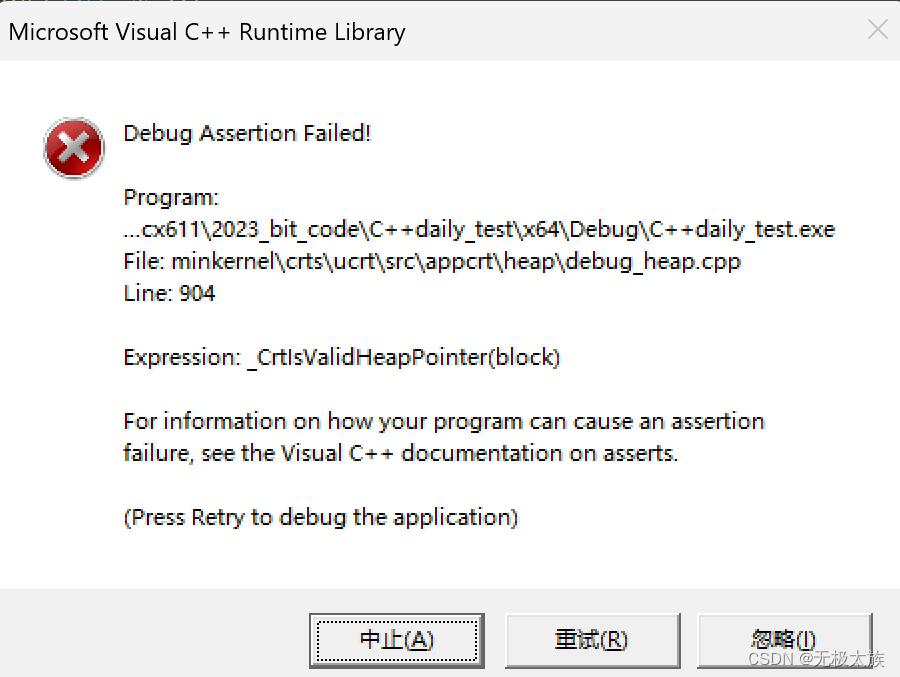
使用传值拷贝,但栈类有资源申请(malloc),但没写拷贝构造,系统默认拷贝构造只会对内置类型浅拷贝,s1和s2的arr值就相同,指向同一块堆空间。这就是默认拷贝构造的浅拷贝。
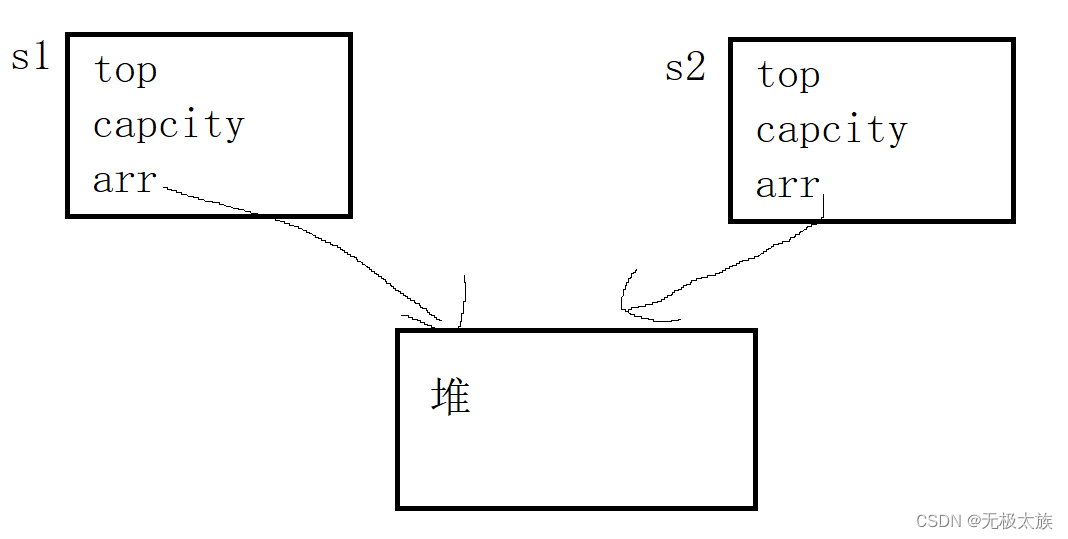
当程序结束时,先自动调用s2的析构函数,将arr指向的堆空间释放,再调用s1的析构函数,arr指向的堆空间再次释放,访问了野指针,程序就会崩溃。所以有资源申请的类一定要写拷贝构造函数,否则在程序结束时会调用两次析构函数,free两次同一块堆空间,程序崩溃。
要解决上述问题,需要手写拷贝构造函数完成深拷贝:
Stack(Stack& s)
{
s.arr = (int*)malloc(sizeof(int) * capcity);
s.capcity = capcity;
s.top = top;
}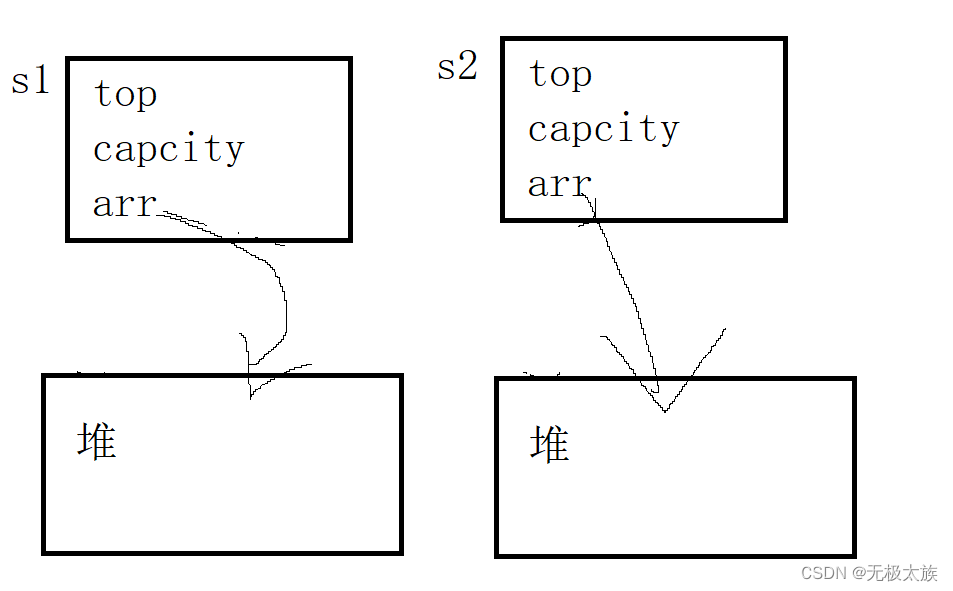
五.运算符重载
接下来举例示范一下比较运算符重载和赋值运算符重载。
如下代码
#include<iostream>
using namespace std;
class Date
{
private:
int _year;
int _month;
int _day;
public:
Date(int year = 1, int month = 1, int day = 1)//构造函数
{
_year = year;
_month = month;
_day = day;
}
};
int main()
{
Date d1(2022, 9, 24);
Date d2(2022, 3, 27);
if (d1 > d2)
{
cout << "d1这个日期更大" << endl;
}
return 0;
}这里会编译错误,因为d1,d2两个对象无法用>号比较大小,肉眼可见d1更大。那么如何比较大小呢?
我们可以在类中定义函数
bool compare(Date& d)
{
if (_year > d._year)
{
return true;
}
else if (_year == d._year && _month > d._month)
{
return true;
}
else if (_year == d._year && _month == d._month && _day > d._day)
{
return true;
}
else
return false;
}通过
d1.compare(d2)==true;//判断出d1大但是这中方法代码的可读性差,不能直观感受出d1,d2的大小。
C++的运算符重载就应运而生了。在类中定义函数
bool operator>(Date& d)
{
if (_year > d._year)
{
return true;
}
else if (_year == d._year && _month > d._month)
{
return true;
}
else if (_year == d._year && _month == d._month && _day > d._day)
{
return true;
}
else
return false;
}通过运算符重载,以下表达式就能表达出d1大于d2
d1>d2;//等价于d1.operator(d2)这种方式大大增强了代码的可读性。
